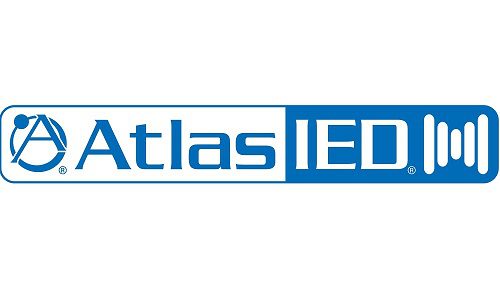Virtualization has revolutionized the hardware infrastructure in organizations around the world. Server virtualization allows you to better utilize resources on your servers, saving money on multiple physical servers, reducing footprint and power usage, as well as better administrative tools to maintain your systems. It also allows you to easily place your server infrastructure in the cloud. Desktop virtualization allows you to get more life out of older endpoints and better manage the desktops that your users use to do their jobs.
There is major progression being made in virtual environments. Watch this helpful video from our partner VMWARE about industry trends in 2021 and beyond.

















